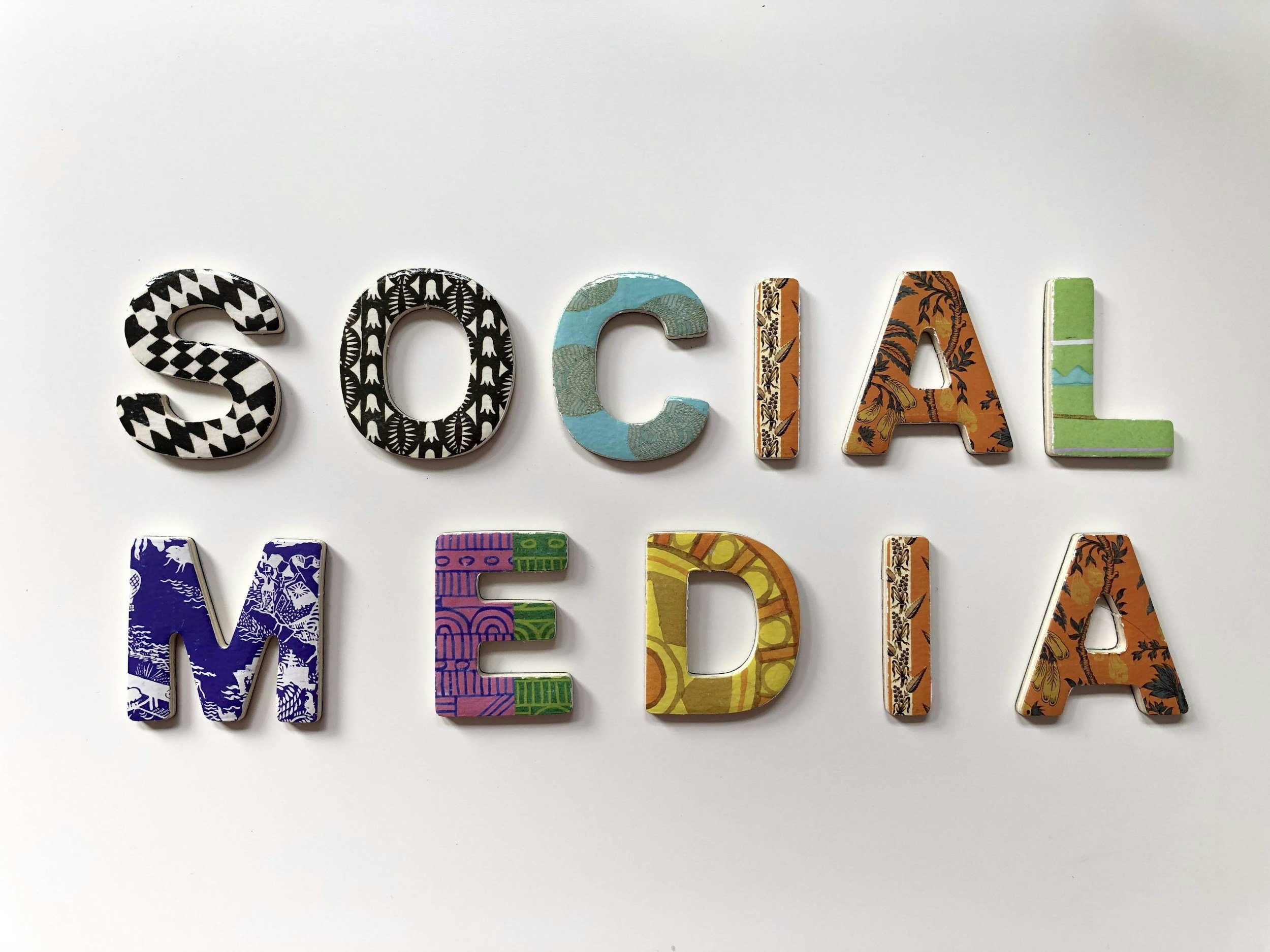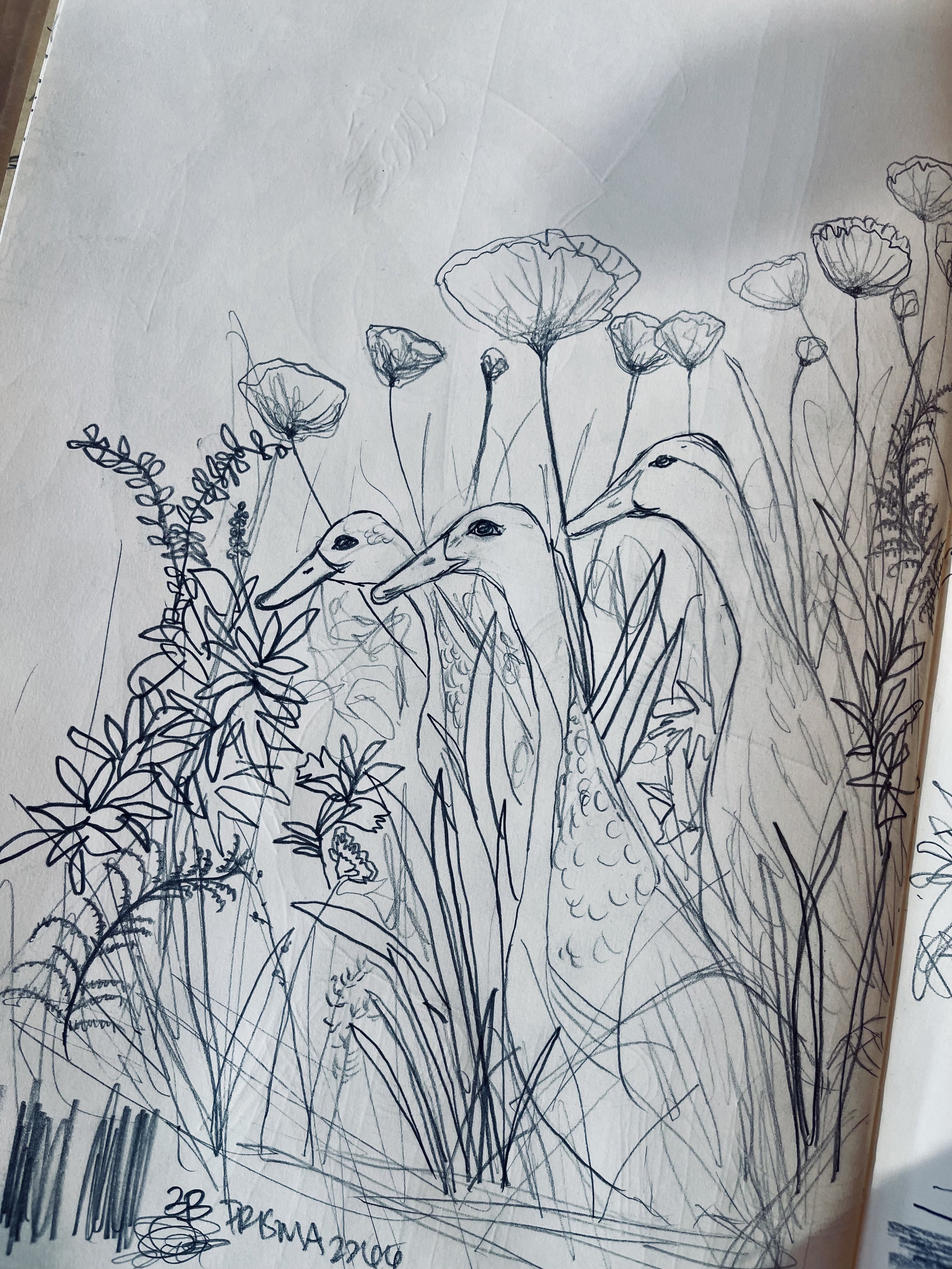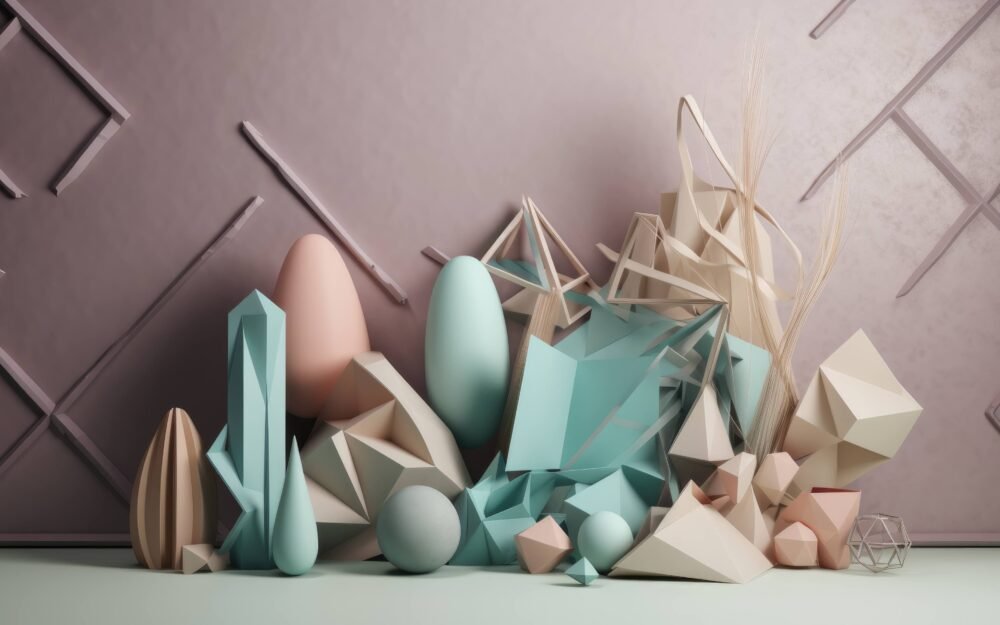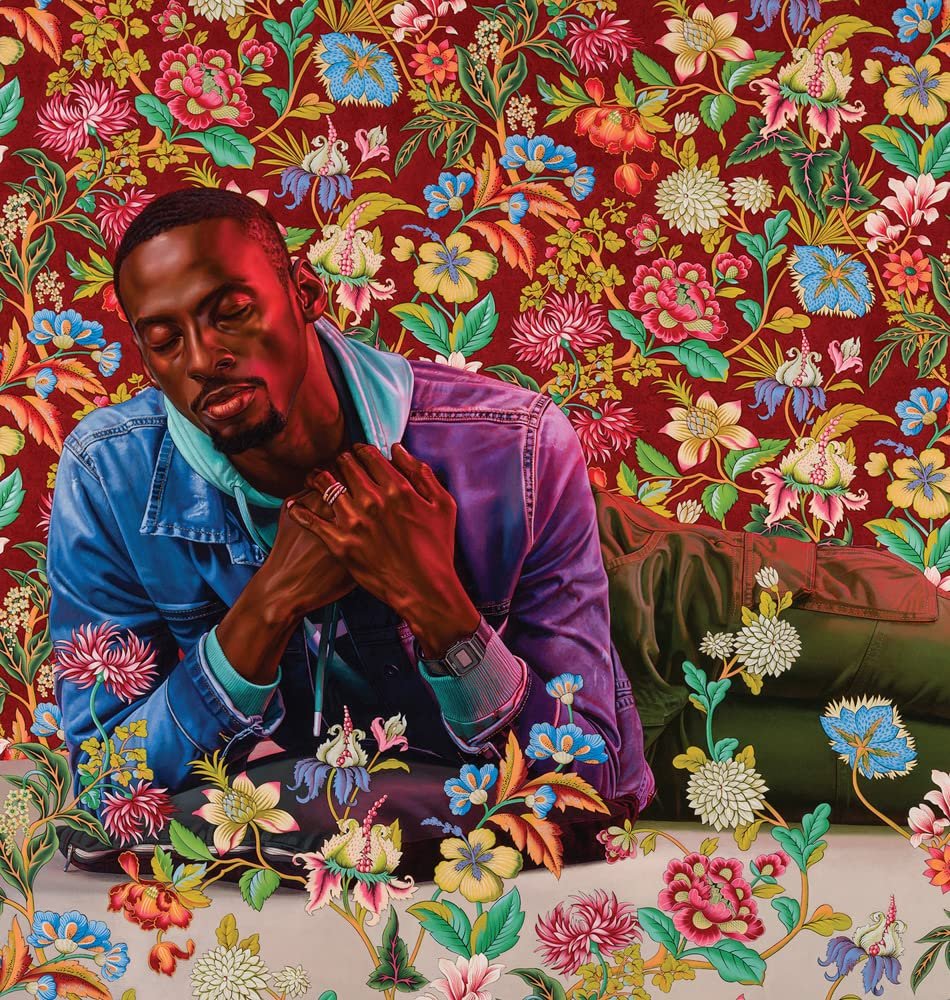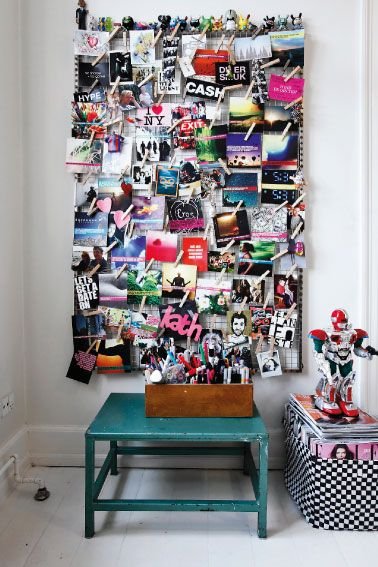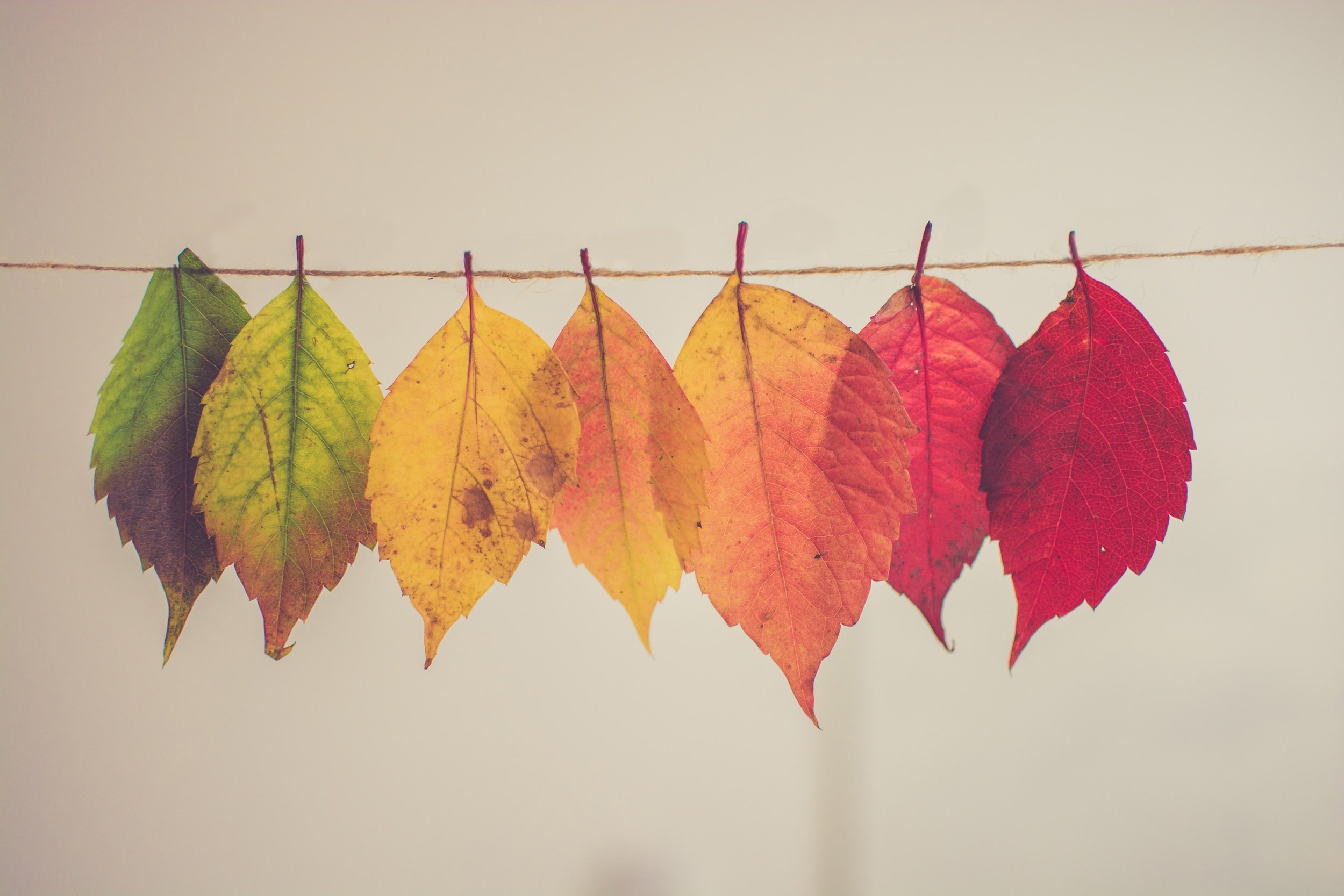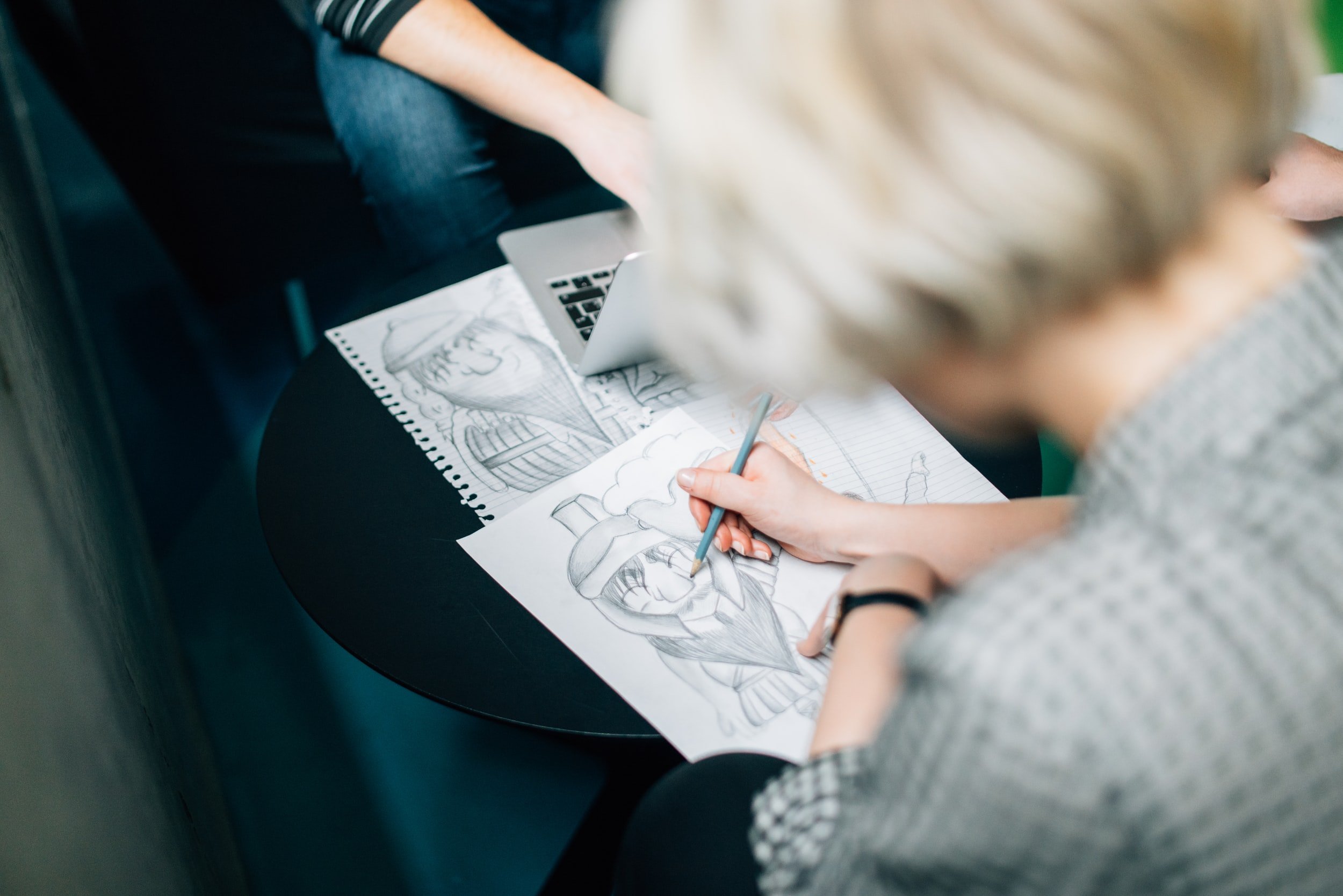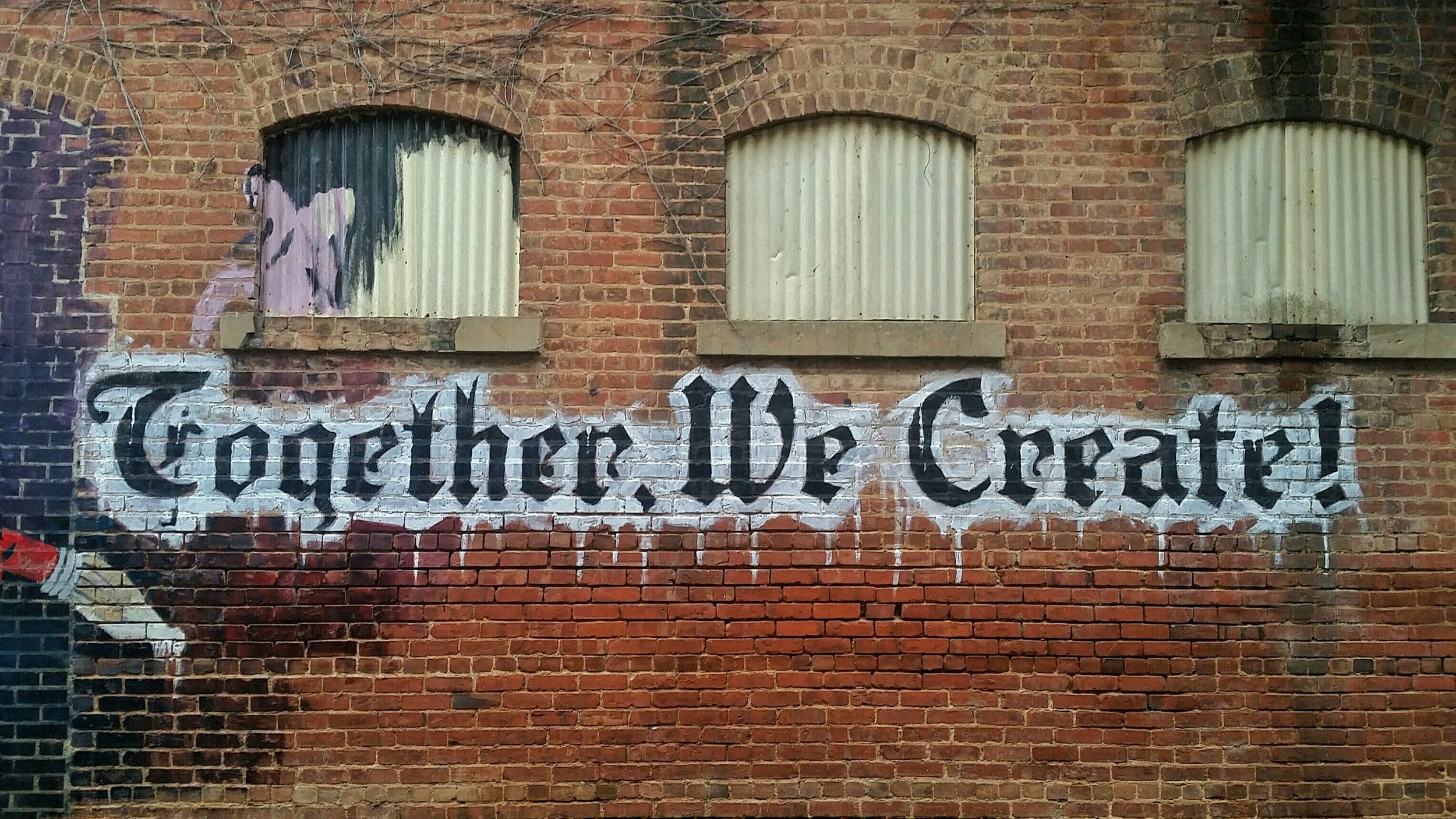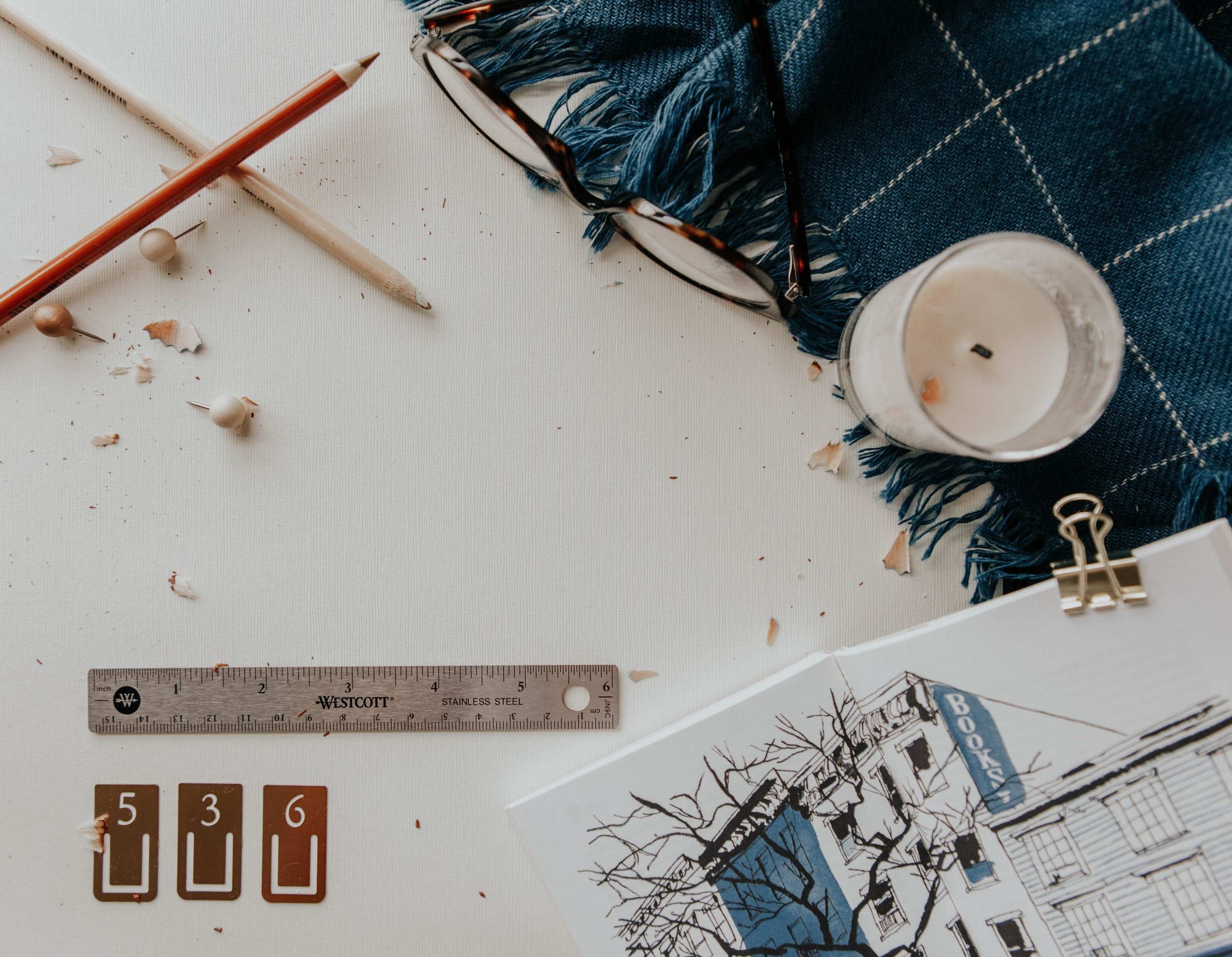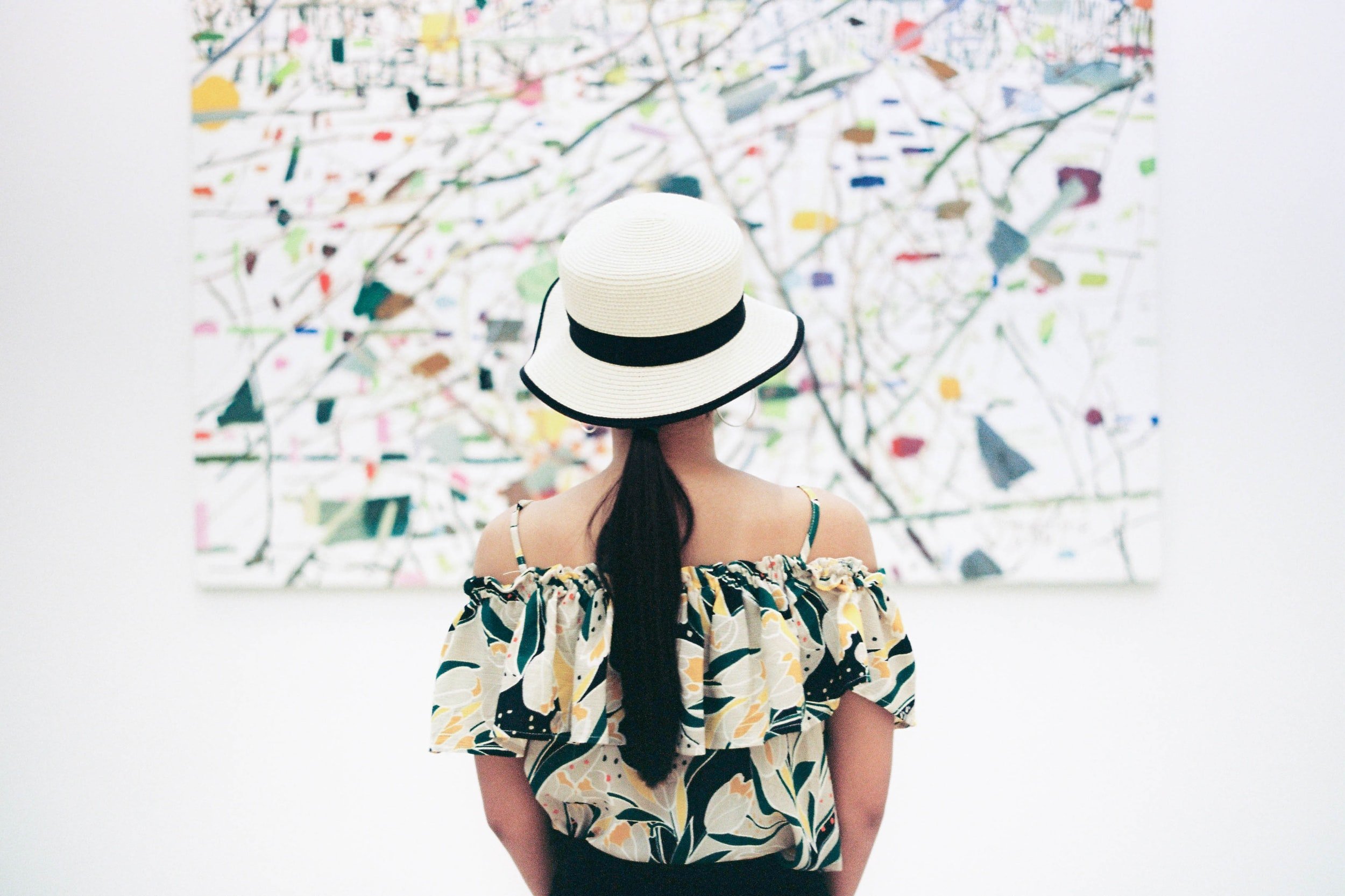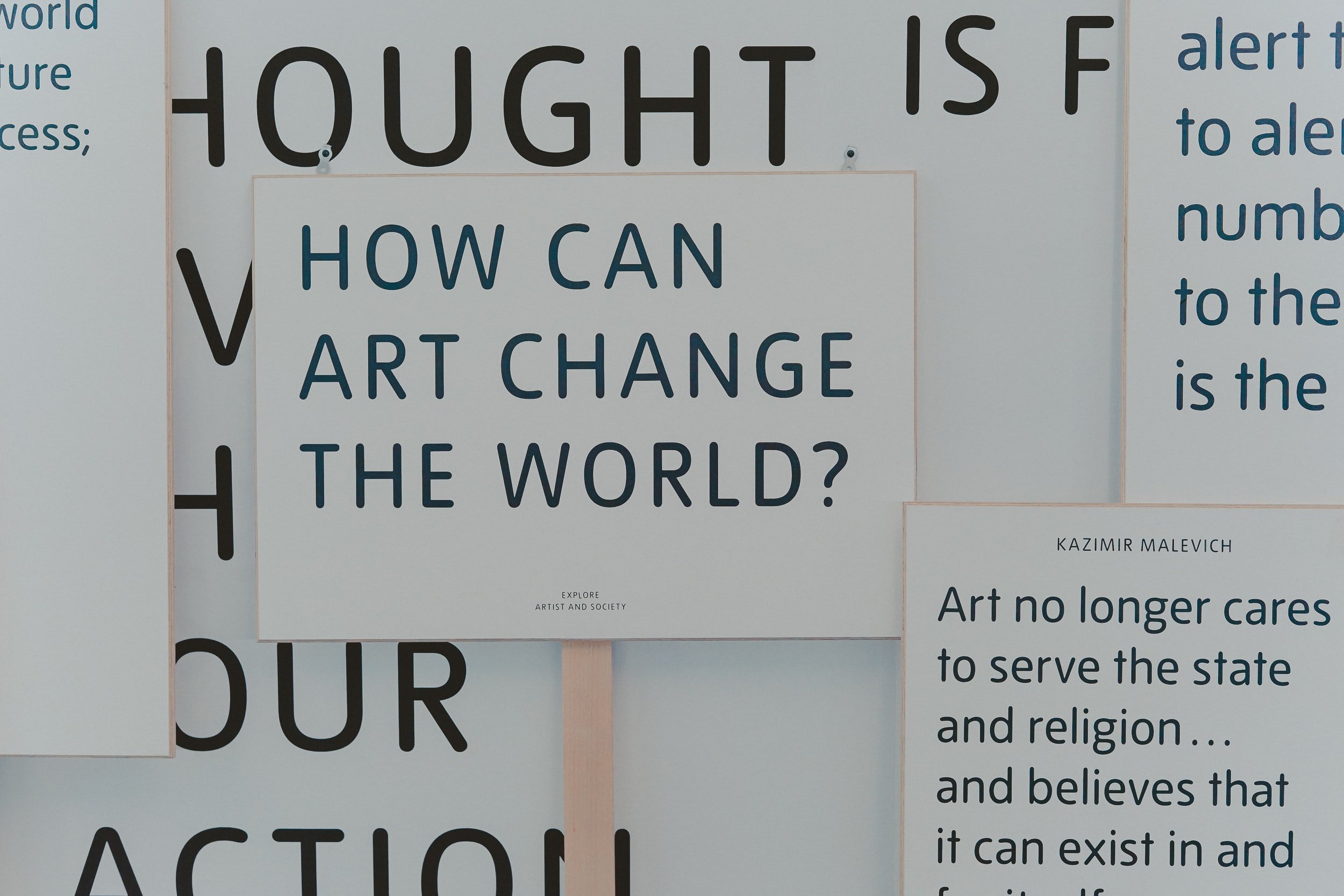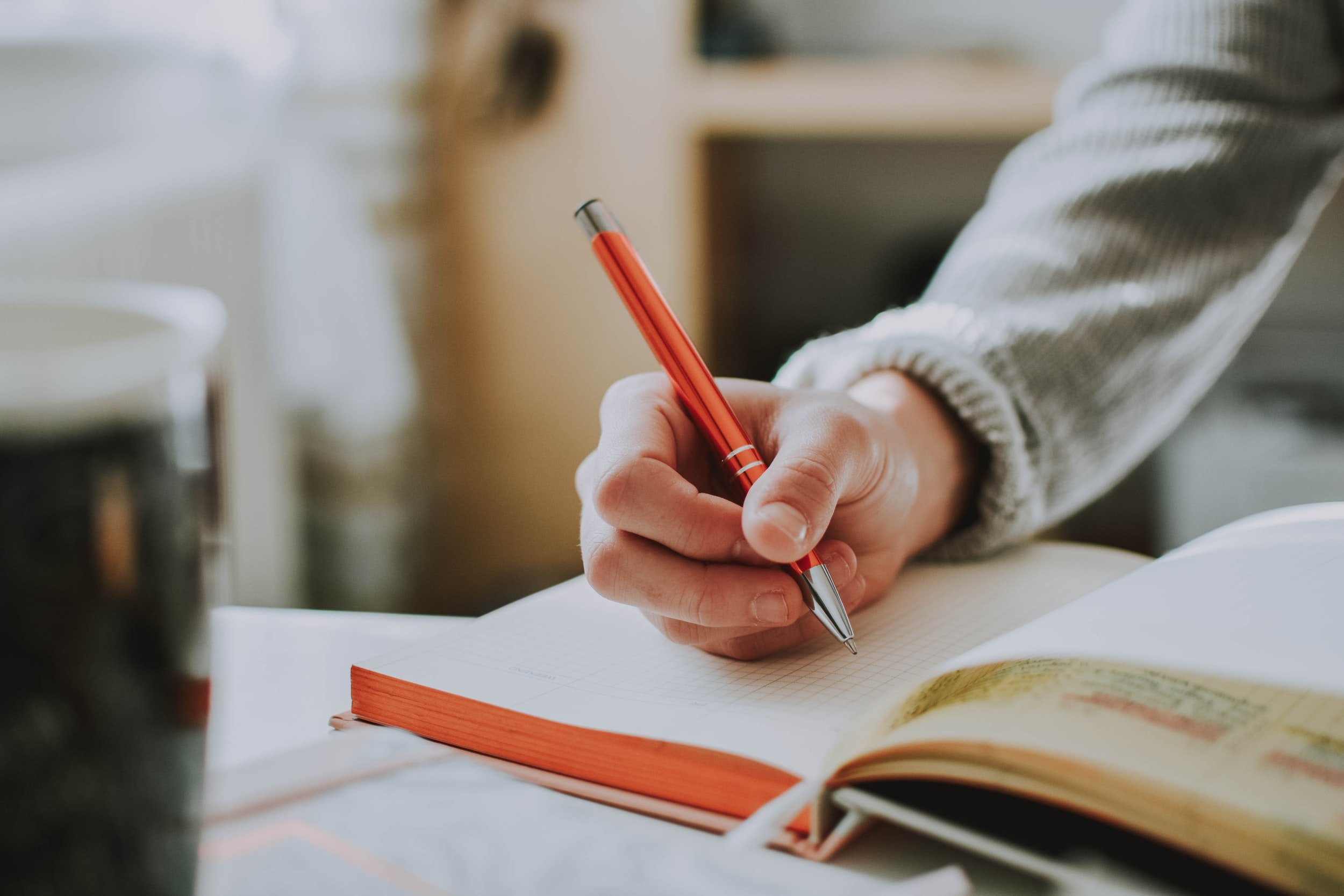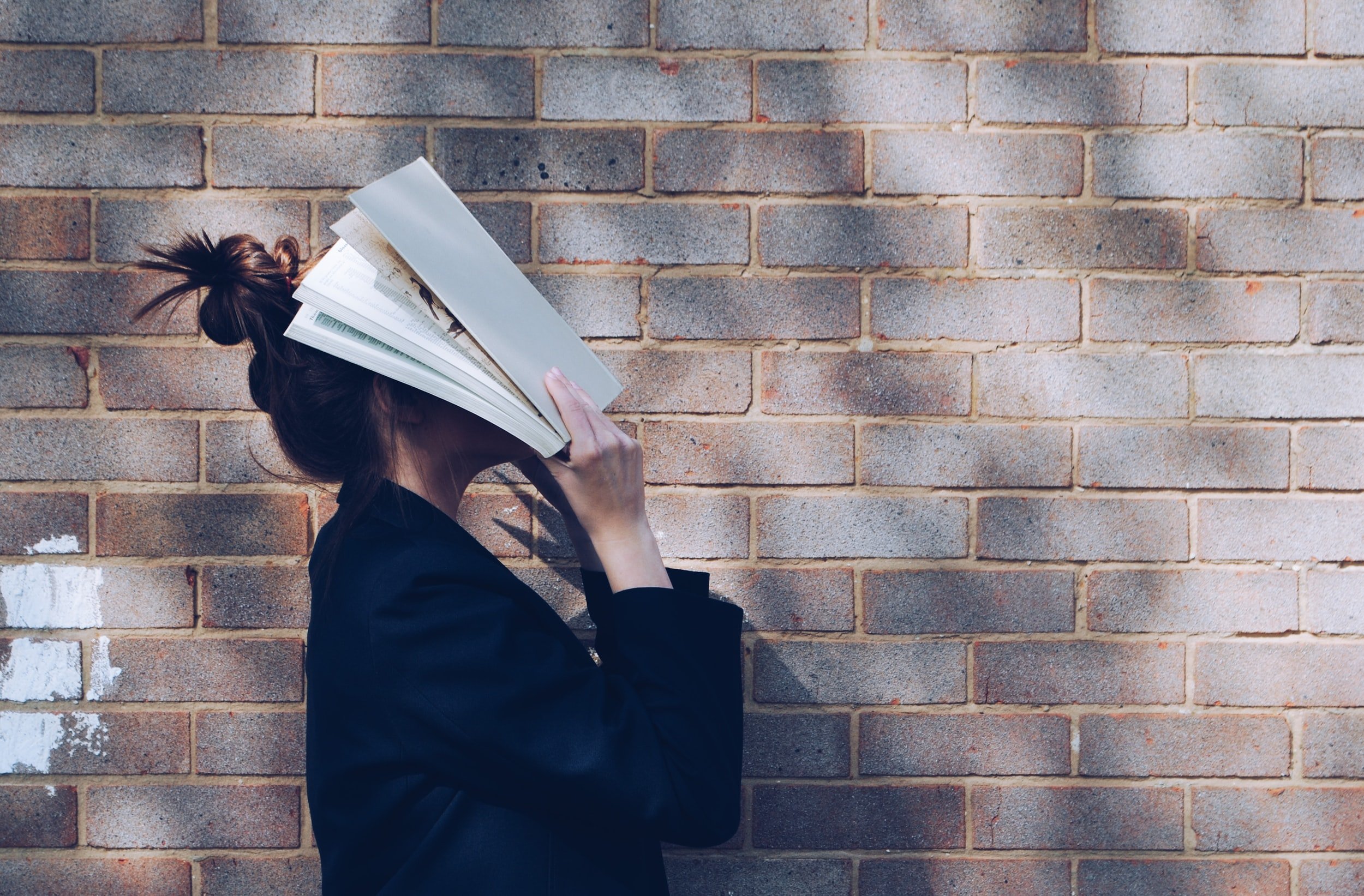
THE ART JOURNAL
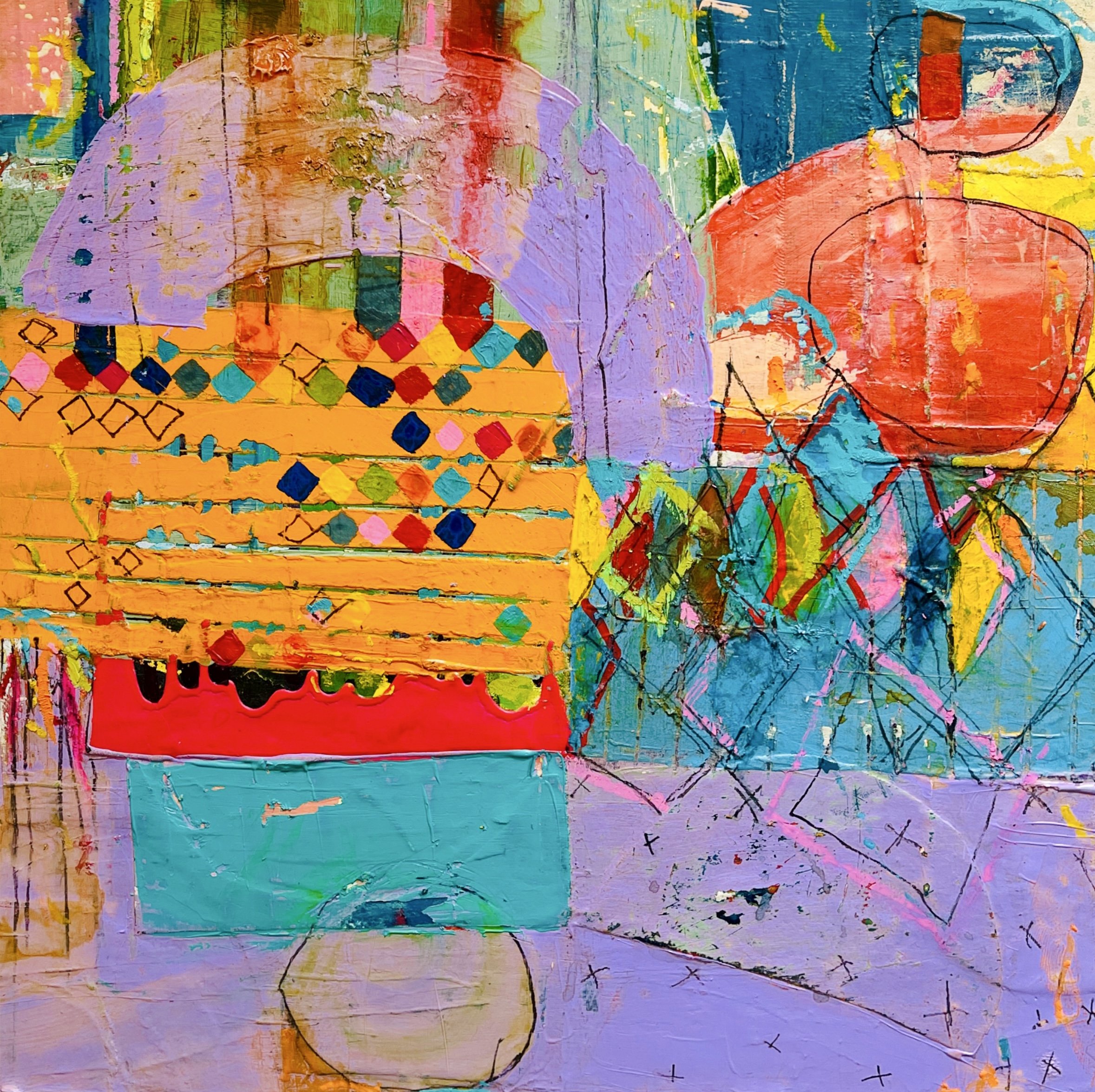
Introspective Creative Practices
Engaging in creative practices is like stepping into a vibrant, transformative journey that connects you deeply with your inner self. It’s all about celebrating those emotional highs and lows while tapping into the incredible power of storytelling. Your creative practice can be a catalyst for transformation and explore the profound connections that bring your art to life!
Art and Social Media
There seems to be a trend blooming, an uprising against the very thing that has become both our lifeline and our burden: social media. I understand the weight of it, the incessant obligation to share, to promote, to present ourselves as polished and ready for consumption. As artists, the struggle is real, and social media often feels like another headache, another layer of expectation piled onto our already demanding lives. But I can’t help but think there’s a way to navigate these constraints, a way to embrace social media not as a foe, but as a necessary tool for communication and connection in our art careers.
Learning From My Sketchbooks
Lately, I’ve begun to view my sketchbook not just as a collection of drawings but as a rich tapestry of notes—an ongoing conversation with my own creativity. Each page is a canvas for exploration, a space where my hand can roam freely, unencumbered by the pressure of producing a “finished” piece. I find myself studying my marks with a newfound curiosity, examining how the subtleties of time and technique affect the lines I create.
Abstract Form in Contemporary Art
The exploration of abstract form stands as a cornerstone in the artistic continuum, celebrated for its transformative ability to distill narrative, emotional depth, and reflective consciousness into a visually evocative and universally resonant language.
Contemporary Artists Mastering the Language of Pattern
Patterns' transformative and striking power holds an intrinsic allure in contemporary art, evoking a sense of rhythm, repetition, and visual harmony. The significance of pattern recognition in contemporary art is important because of its ability to stimulate cognitive and emotional engagement, cultivate compelling visual experiences, and convey nuanced and multifaceted narratives that show the depth and transformative power of artistic expression.
Crafting Cohesion: How to Create and Utilize A Mood Board
Creating a mood board is a transformative and foundational step in capturing and communicating the emotional and aesthetic resonance of a project. By embracing a dynamic and exploratory approach, curating a cohesive visual narrative, and fostering a spirit of thematic depth and resonance, you craft a visual tool that captures the aspirational essence of your creative inspiration and vision.
Time Away: Creative Rest and Reset
The creative process is characterized by a rhythm of activity and rest, where periods of busyness are balanced by necessary pauses for reflection, inspiration, and rejuvenation. Let’s explore the importance and benefits of taking creative breaks away from your work, remembering that there is a transformative and essential nature of rest in nurturing creativity.
The Power of Destruction
The concept of destruction as a means of creating is a compelling and complex theme that challenges traditional perspectives on the artistic process. It prompts us to reconsider the transformative power of destruction and how it can shape the creative journey. By exploring this thought-provoking concept, we uncover a deeper understanding of the artistic realm's intricate relationship between creation and destruction.
Evolving Artistry: 3 Indicators Your Style Is Changing as an Artist
As an artist, the creative journey is marked by continuous growth, transformation, and evolution. Your artistic style is a dynamic and ever-changing reflection of your experiences, influences, and creative exploration. Let’s talk about the three clear indicators that signal your artistic style is undergoing a metamorphosis. Don’t worry, this doesn’t have to be a Kafkaesque shock to the system, and it won’t be an overnight thing, but these changes will prompt you to embrace and celebrate the ever-changing dynamic of the creative evolution.
10 Easy Ways to Spark Your Creativity Now
Have your creative ideas stopped coming as frequently? Unfortunately, it happens to the best of us. Here are ten ways to get out of a creative rut:
What Type of Artist Are You?
I have been researching the creative process for quite some time, and I have discovered a fascinating pattern in how many artists describe their artistic journey. There seem to be two distinct delineations; most artists describe themselves as either a process type or a path type.
Do you have an artist Statement?
Having an artist statement will help communicate who you are as an artist and what your art addresses to anyone who might see it (regardless of whether you intend to sell it).
what I pack in my bag for sketching on the go
Sketching on the go is one of my favorite ways to expand my creative vision. There is nothing like sitting on the bank of a river or a bench in a city park, throwing down colors and marks in real-time, watching light create shadows, color combinations, and lines right before your eyes. I hate being cliché and saying it's magical, but it is.
How do you know if abstract art is good?
There are a lot of misconceptions about abstract art, one of the most common is thinking there is some secret rule to understanding it. There isn't. Abstract art is like any other art; some are good, and some are not great.
Is making art selfish?
If you google this question, the answers are varied and pretty dramatic. Looking at the results, I thought, are there really that many people who think being an artist is self-serving or selfish, and why? Why are there so many articles written by artists who agree that artists are selfish?
For the perfectionist:Free write about your fears
Perfectionism is a self destructive and addictive belief system that fuels this primary thought: If I look perfect, and do everything perfectly, I can avoid or minimize the painful feelings of shame, judgment, and blame. —Brené Brown, The Gifts of Imperfection
How do you know when to stop? The essential elements of a finished piece.
One of the most common questions I get asked in classes or open studio tours is, how do you know when a painting is complete? I usually explain that knowing when a painting is done is an individual process, but knowing when to stop is more challenging when you are a beginner. But that's just part of art-making.
10 books every artist must-read, then read again
I have been reading books on art and creativity since high school. I've always felt drawn to all different kinds of artists and the stories of their processes and practices.
When I started my career as a fine artist, I finally understood the immense value these books have. Their words and honesty have helped my creative mindset on days when I feel all over the place.









